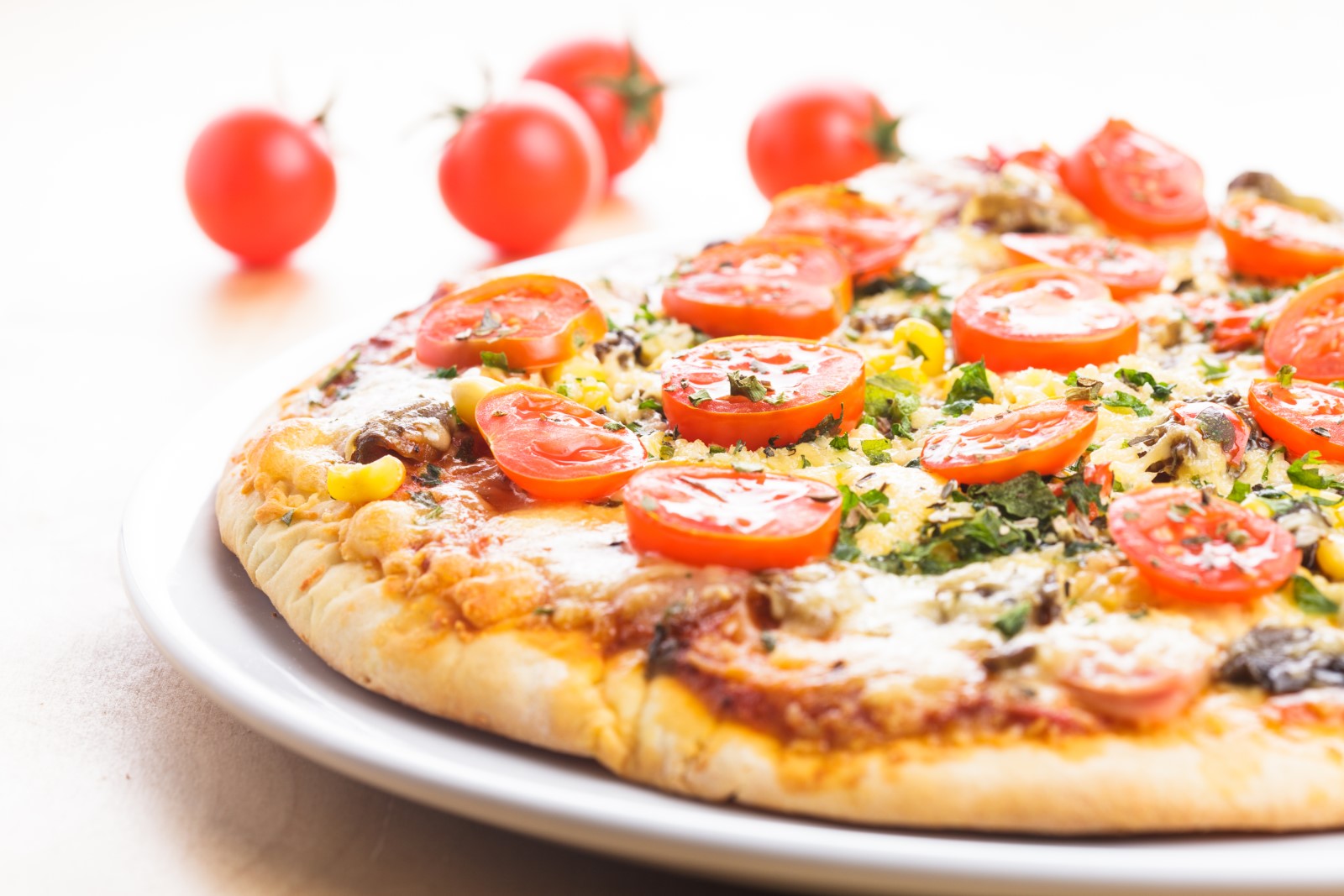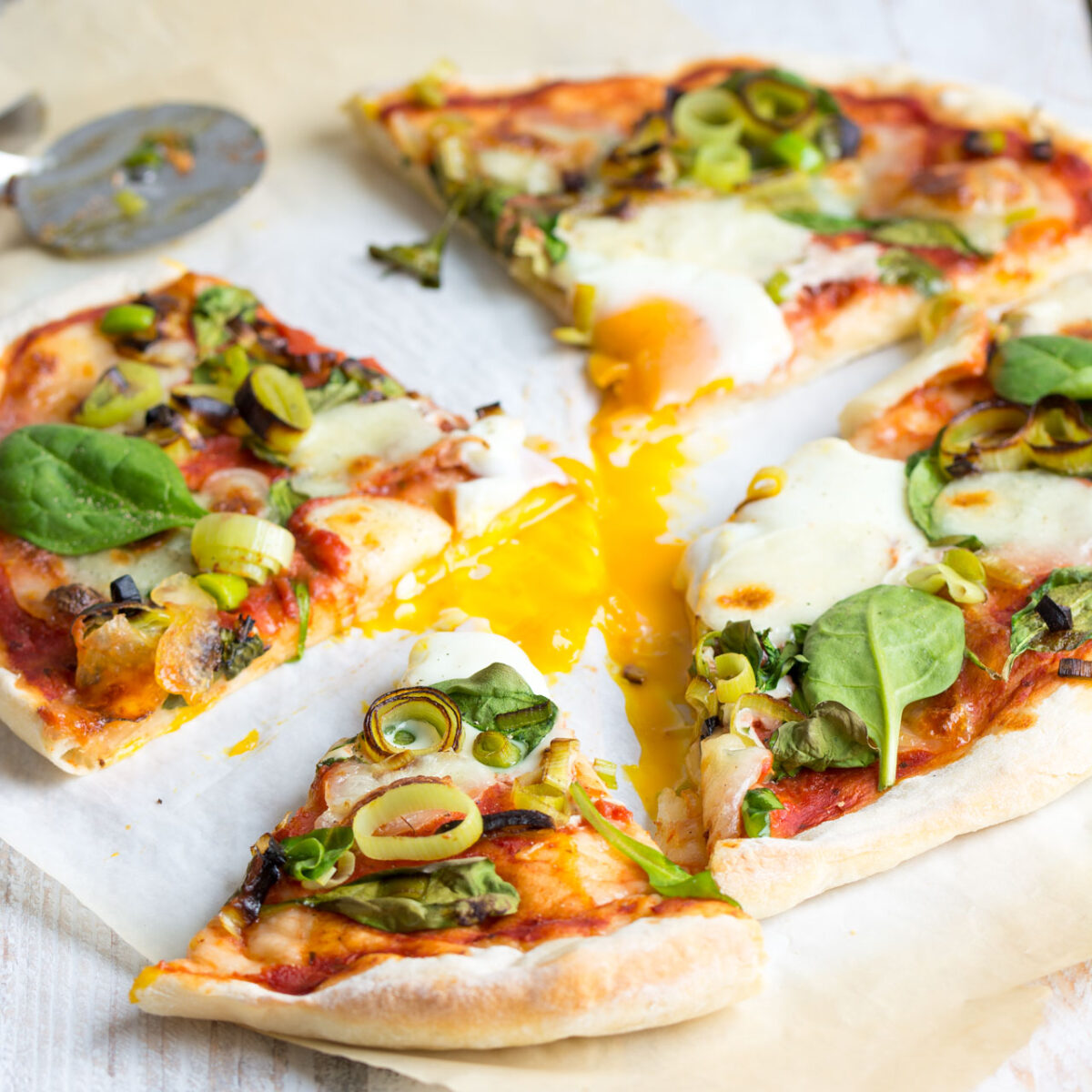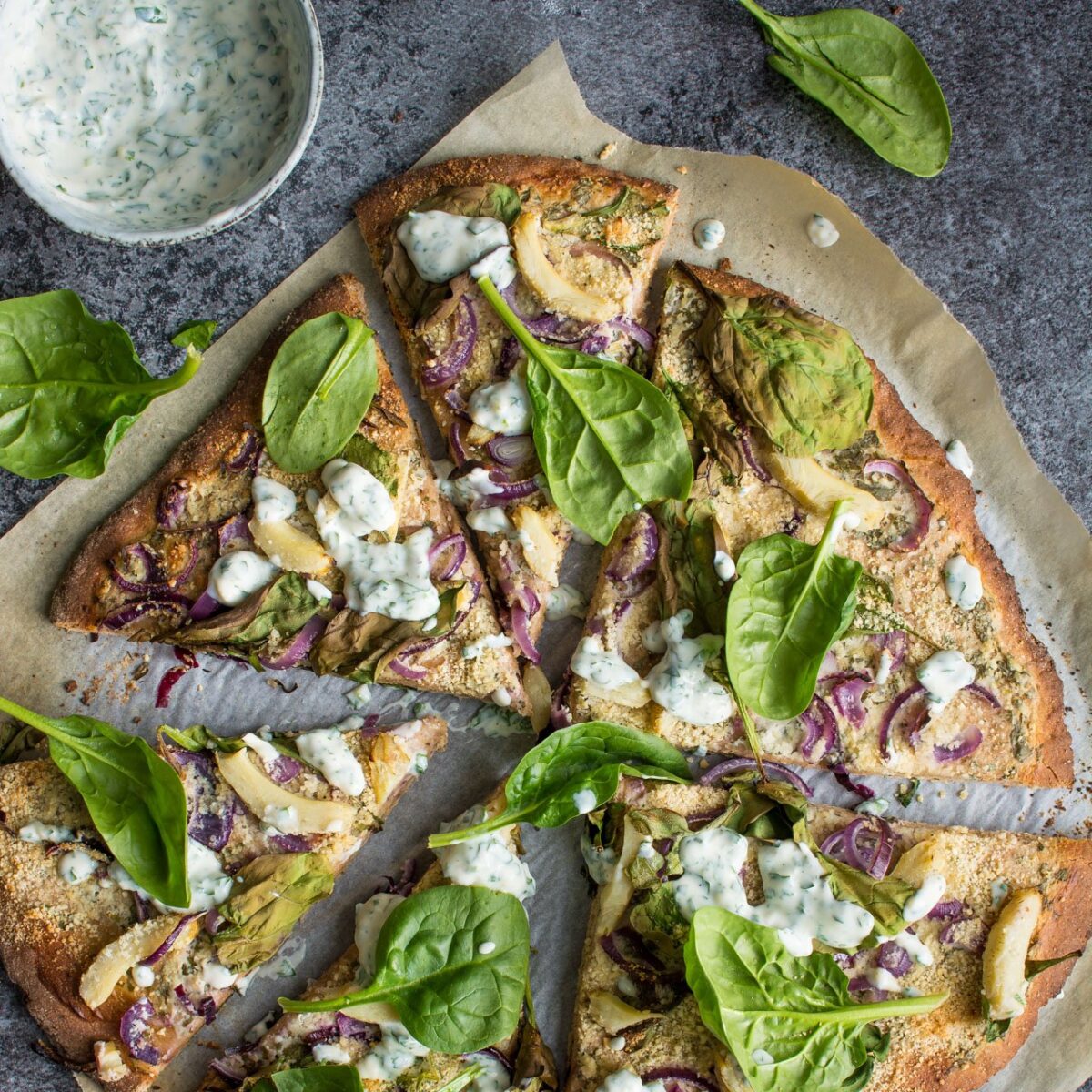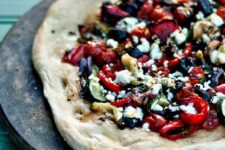October is National Pizza Month, so there’s no better time to indulge in everyone’s favorite Friday night eat. However, don’t think that just because you’re indulging, that means you have to throw out your health and nutrition goals for the week. While you might see pizza as a cheesy, carb-laden treat that’s best enjoyed only on rare occasions, there are many ways you can have your pizza and eat it, too.

It all starts with making your pizza at home. Going the homemade pizza route gives you complete control over your ingredients, so you can avoid the heavy amounts of carbs, fats, and sodium that the guys at the big chains use. Instead, you can craft a pizza that’s perfectly attuned to your health goals. Here’s how.

Make a Healthier Crust
Sure, you could make a standard pizza crust using the basic white flour that’s in your pantry, but why not consider a healthier alternative? Go whole-grain or toss the grains altogether and make a pizza crust from riced cauliflower, almond flour, or chickpea flour. If you don’t mind the gluten, but your gut certainly does, consider making a crust from easier-to-digest sourdough.
(Find that your homemade pizza crust is lacking a little ‘umph’? Try giving it an upgrade by incorporating spices or seasonings that compliment your toppings, into your dough.)
Go Big on the Veggies
Everyone can likely agree that veggies just taste better when they’re on a pizza. Get in your daily recommended (or more) amount of vegetables by really piling on the veggie toppings.
Sure, you’ve got your basic veggies that you’d see on any pizza — onions, peppers, mushrooms, maybe tomatoes or spinach — but go outside the box, too. Consider adding zucchini, broccoli, eggplant, sprouts, artichokes, and more.
Before adding your veggies, though, think about their water content. You may want to cook particularly water-heavy vegetables ahead of topping your pizza, so as to eliminate some of that water content and keep it from ruining your crust.
Choose Healthier Proteins
While pepperoni might be the staple, processed meats like these should be enjoyed in moderation. Bypass the sausage and ham, too, and, instead, go for healthier proteins like grilled chicken, like this recipe does, pairing it with sun-dried tomatoes. You might also consider adding an egg or two to your pizza, like if you’re making this Florentine pizza with leeks.
Don’t Rely on the Dairy for Flavor
It’s entirely possible to craft a delicious, dairy-free pizza. With a few vegan hacks (nutritional yeast, anyone?), you can have a pizza that even the dairy-intolerant in your crew can enjoy.
Even if you do add cheese to your healthier, at-home pizza, go lighter on the cheese and choose flavor-forward options rather than relying on fistfuls of mozzarella. Gorgonzola, Fontina, gouda or burrata are nice options. You can also use various toppings and other accompaniments to add more flavor, if it’s needed, such as balsamic vinegar, a drizzle of good olive oil, chopped garlic, or fresh herbs.










